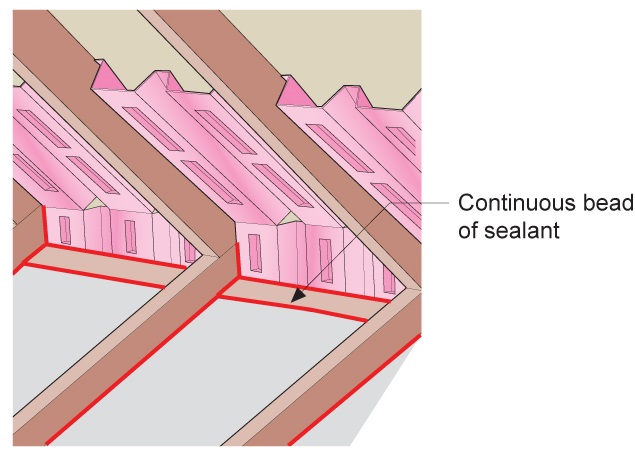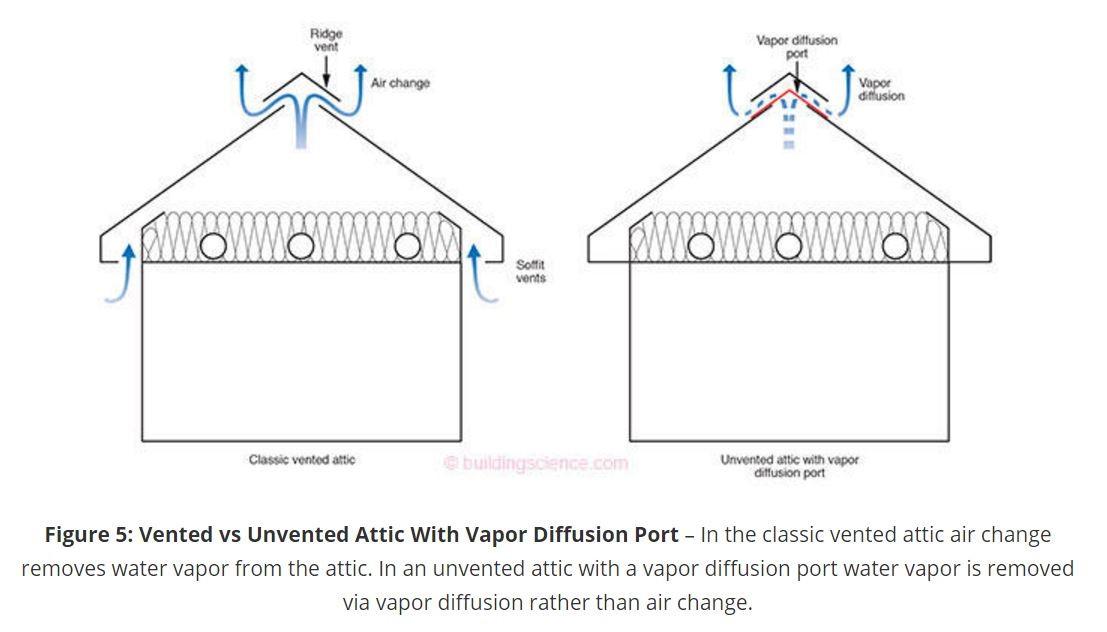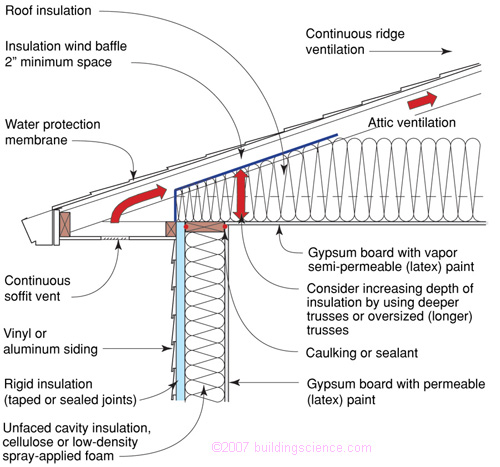You can seal large stud cavities in your attic around dropped soffits under kneewalls and around recessed lights by stuffing insulation into a garbage bag and then plugging the cavity with it.
Seal seams around lights and vents in attic for insulation.
Now it will be safe to heap insulation onto that spot.
Soffits may be filled with insulation or covered with cardboard or fiberglass batts.
Seal fireplace and furnace holes.
There is no need to remove and replace it.
Apply a bead of caulk or adhesive around the opening.
It s easy to overlook electrical wires ducts pipes and vents in the attic but the openings around these are holes can compromise the air sealing of your attic.
You can stem the flow of air and money by air sealing your light fixtures from the inside with just a roll of painter s tape a can of spray foam insulation and a tube of painter s caulk.
If you have recessed light fixtures in your home you may also have a significant volume of conditioned air escaping into your attic.
Although the insulation is dirty it is still okay to use.
Attic air sealing and air barriers prior to insulation all gaps cracks seams and penetrations between conditioned and unconditioned space such as gaps around lighting fixtures hvac duct boots electric wiring plumbing pipes and flues shall be sealed with sealants alone e g caulk foam aerosol sealant if the gaps are narrow enough or with rigid blocking material sealed in place with sealants per the sealant manufacturer s instructions.
So if you have a 4 inch wide by 8 inch tall light you would 10x10x11 box.
Apply the sealant around the cable and along the edge of the cover where it rests on the ceiling.
Use expanding foam or caulk to seal the openings around plumbing vent pipes and electrical wires.
You need to leave at least 3 inches on all sides of the light.
After sealing the areas just push the insulation back into place.
Cut a 24 inch long piece from a batt of iberglass insulation and place it at the bottom of a 13 gallon plastic garbage bag.
If you have blown insulation a small rake can be helpful to level it back into place.
To apply insulation measure the circumference of the duct and use a utility knife to cut foil faced fiberglass insulation to the proper size add a couple of inches so the ends can be drawn together easily.
If you are creative you can also use spray foam to glue your boxes together.
Add or remove insulation from the bag as necessary to ensure it fits.
Push back the insulation and scoop it out of the soffits.
Notch a hole for your wire and spray foam around the bottom and any gaps in the box.
Use a continuous strip of foil tape to seal off all longitudinal seams along the straight runs of the duct.
Up in the attic clean the ceiling surface around each fixture slit the cover to accommodate the electrical cable and place the cover over the fixture.
To seal these openings use caulk or spray foam.
Then use a paintbrush to apply duct mastic to the joints where an elbow connects to a duct.
How to air seal recessed can lights from the inside.
For larger holes filler material may be needed.





























